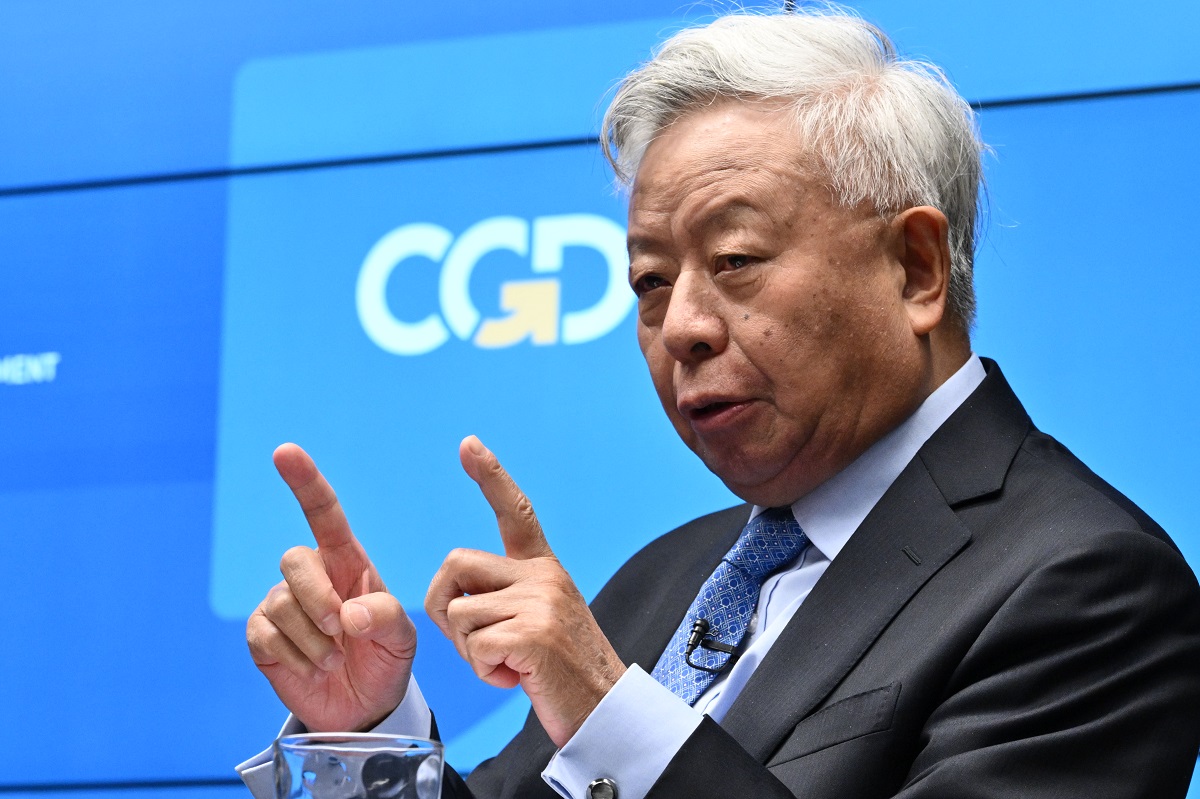Last year, our colleague, Jonah Busch revealed that India surpassed Norway as the largest results-based funder of forest conservation. Now, India has become the single largest payer for outcomes in a nationwide sanitation initiative.
For years, conventional aid programs have tried to improve sanitation by building infrastructure for potable water and latrines. Successive failures led them to refocus on improving maintenance systems or trying to change social norms, but usually by prejudging the “right” plan of action and paying for inputs. India has had its share of these failures, as discussed in the press (here and here) and documented by researchers.
Now the Government of India and the World Bank have adopted an approach using principles we describe as Cash on Delivery (COD). The program follows three of these principles by linking payments to outcomes, not inputs; independently verifying outcomes; and allowing recipients to take the lead (in other words, the program is “hands off”).
How does it work? India and the World Bank recently signed a US$1.5 billion loan that will finance incentives to states that succeed in reducing open defecation while implementing the Swachh Bharat Abhiyan (or Clean India Mission)—a five-year, US$22 billion national government program. The World Bank loan is structured as a Program for Results (PforR) operation and has two parts. The first part involves payments from the World Bank to the central government based on verified outcomes. The central government in turn releases incentive grants to the states, also based on declines in open defecation. In addition to its sheer scale, the program is distinctive because:
-
It pays against outcomes—the ultimate development goals, far along the “results chain,” that we care about. For example, 50 percent of the US$1.5 billion loan is tied to reductions in open defecation and an additional 30 percent to sustaining open defecation-free status in villages.
-
Annual national surveys conducted by a third party will independently verify the level of progress achieved against these indicators.
-
As it gives states the flexibility to decide how best to reduce open defecation, this results-based approach is "hands-off." States can decide where to allocate funds and adopt strategies that take the local context into account.
These three features set the new India program apart from conventional aid, and even from 34 other PforR operations in the World Bank’s portfolio. PforR loans disburse funds in relation to indicators that are chosen to reflect an operation’s goals and context. This flexible instrument allows operations to pay for outcomes along the lines of a COD agreement, though most of them focus on institutional changes, activities, and outputs.
A new CGD policy paper reviews the World Bank’s first 35 PforR operations and shows that, unlike the India program, most of them link payments to outputs and actions. These are measured by such indicators as the availability of anti-retroviral drugs in Mozambique, the number of telephone calls received by Citizen Contact Centers in Pakistan, and the creation of a monitoring system for technical and vocational training programs in Brazil. About one-third of the PforR loans link a portion of the disbursements to an outcome, like the number of children who can read in Tanzania or increases in crop yields in Rwanda. India’s sanitation program stands at one end of the spectrum by allocating 90 percent of the loan to three outcomes. In addition, the results in the India sanitation program are independently verified, in contrast to some operations that rely on self-reported progress.
As this largest of all COD programs launches, we can expect challenges in implementation. For example, the first annual survey will establish baseline levels against which progress will be measured and set targets; project managers will develop procedures that could overly complicate or facilitate state autonomy; and it may take time for the actors involved to fully understand they have autonomy and then respond to the incentives. Nevertheless, this is a tremendously exciting opportunity to see if this paying for outcomes approach will succeed at improving the health of millions of rural Indians better and faster than efforts of the past.
We would like to thank Alan Gelb and Anit Mukherjee for feedback and input on this blog.
CGD blog posts reflect the views of the authors, drawing on prior research and experience in their areas of expertise.
CGD is a nonpartisan, independent organization and does not take institutional positions.




